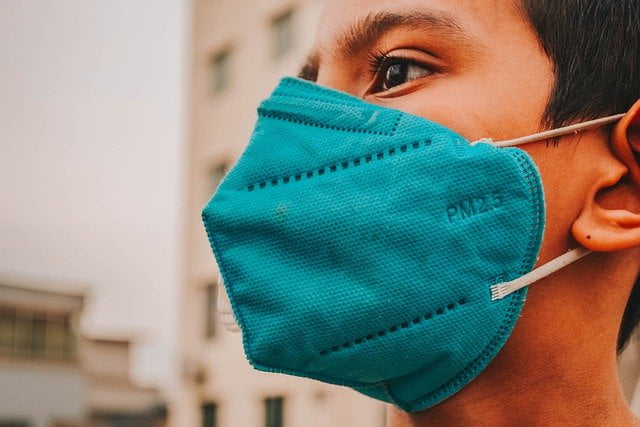Towards Unlock 2.0: Let’s Equip Ourselves Better, Find Out How Do People Get Infected With COVID-19

With the coronavirus pandemic at different stages in different parts of the world, many countries are now devising ways of reopening to get their economies going. For that to happen, there has to be a consensus in the world community about identifying: How do people get infected in the first place?
Six months are many theories into the discussion, there is more or less consensus among scientists on the fact that: (1) It is not common to contract COVID-19 from a contaminated surface. (2) Fleeting encounters with people outdoors are unlikely to spread the coronavirus.
The major culprit, reported Wall Street Journal (WSJ), is close-up, person-to-person interaction for extended periods. Crowded events, poorly ventilated areas and places where people are talking loudly or singing maximise the risk.
Going by the studies that showed that lockdowns, self-isolation, closing down businesses and trade and worldwide bans on large gatherings prevented many people from getting infected, it has become easier to deploy targetted interventions to protect public health. Some of these are: installing plexiglass barriers, requiring people to wear masks in stores and other venues, using good ventilation systems and keeping windows open when possible, reported WSJ.
“We should not be thinking of a lockdown, but of ways to increase physical distance,” Tom Frieden, chief executive of Resolve to Save Lives, a nonprofit public-health initiative told WSJ. “This can include allowing outside activities, allowing walking or cycling to an office with people all physically distant, curbside pickup from stores, and other innovative methods that can facilitate the resumption of economic activity without a rekindling of the outbreak.”
So how do we get COVID-19 infection?
Coughing, talking and breathing create virus-carrying droplets of various sizes. And if enough virus makes itself over to you or builds up around you over time, it will trigger an infection.
The virus has to make its way into your respiratory tract and use the ACE-2 receptors there to enter cells and replicate.
Speaking and breathing produce respiratory bits of varying sizes that can disperse along air currents and potentially infect people nearby.
These large fluid droplets can transfer virus from one person to another if they land on the eyes, nose or mouth. But they tend to fall to the ground or on other surfaces pretty quickly.
The new coronavirus can also be transmitted through aerosols, or minuscule droplets that float in the air longer than large droplets. These aerosols can be directly inhaled.
Another factor is prolonged exposure. That’s generally defined as 15 minutes or more of unprotected contact with someone less than 6 feet away. But that is only a rule of thumb. It could take much less time with a sneeze in the face or other intimate contact where a lot of respiratory droplets are emitted.
Similar transmission dynamics could be at play in other settings where heavy breathing and loud talking are common over extended periods, like gyms, musical or theater performances, conferences, weddings,S and birthday parties.
Fact File
An estimated 10% of people with COVID-19 are responsible for about 80% of transmissions. Some people with the virus may have a higher viral load or produce more droplets when they breathe or speak, or be in a confined space with many people and bad ventilation when they’re at the most infectious point in their illness.
The attack rate for COVID-19 in households ranges between 4.6% and 19.3%

Comments are closed.